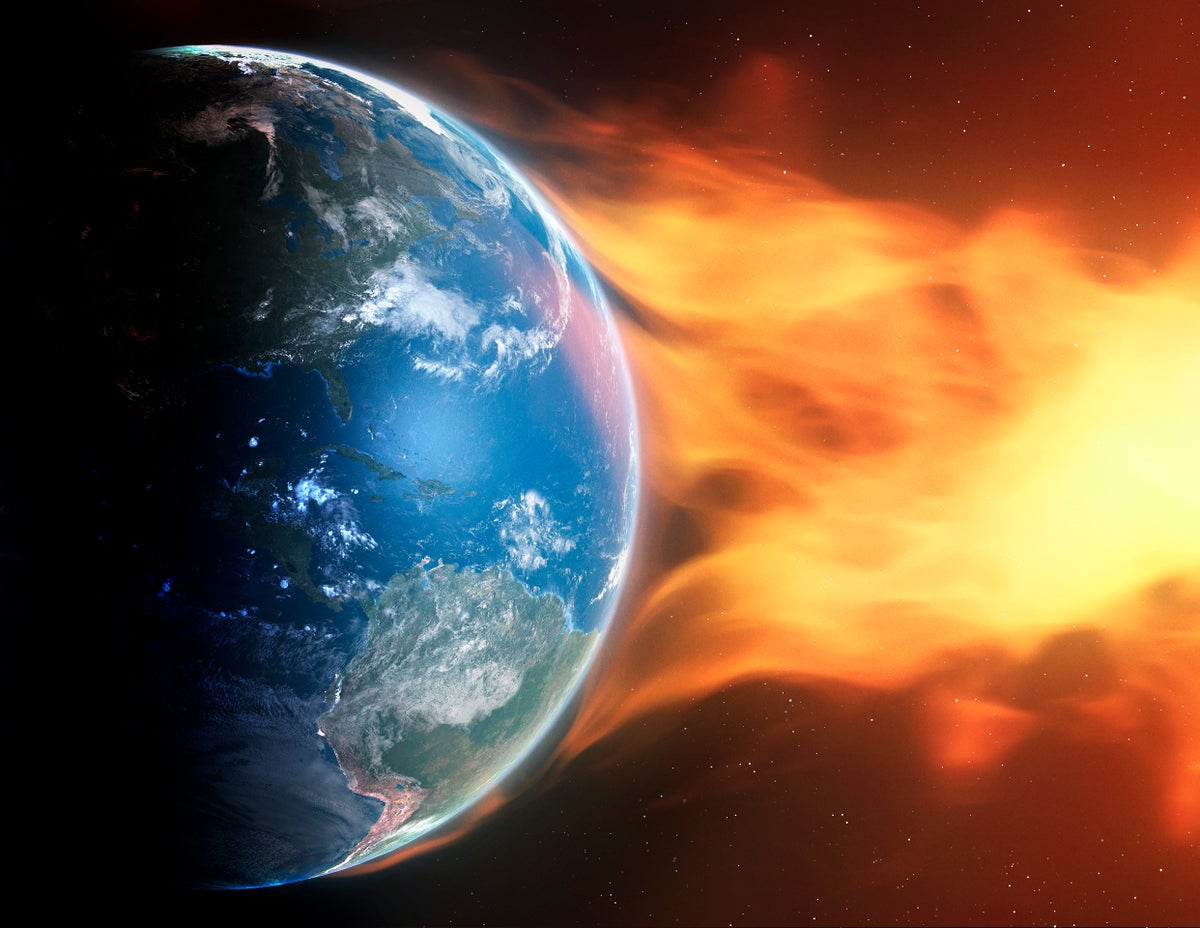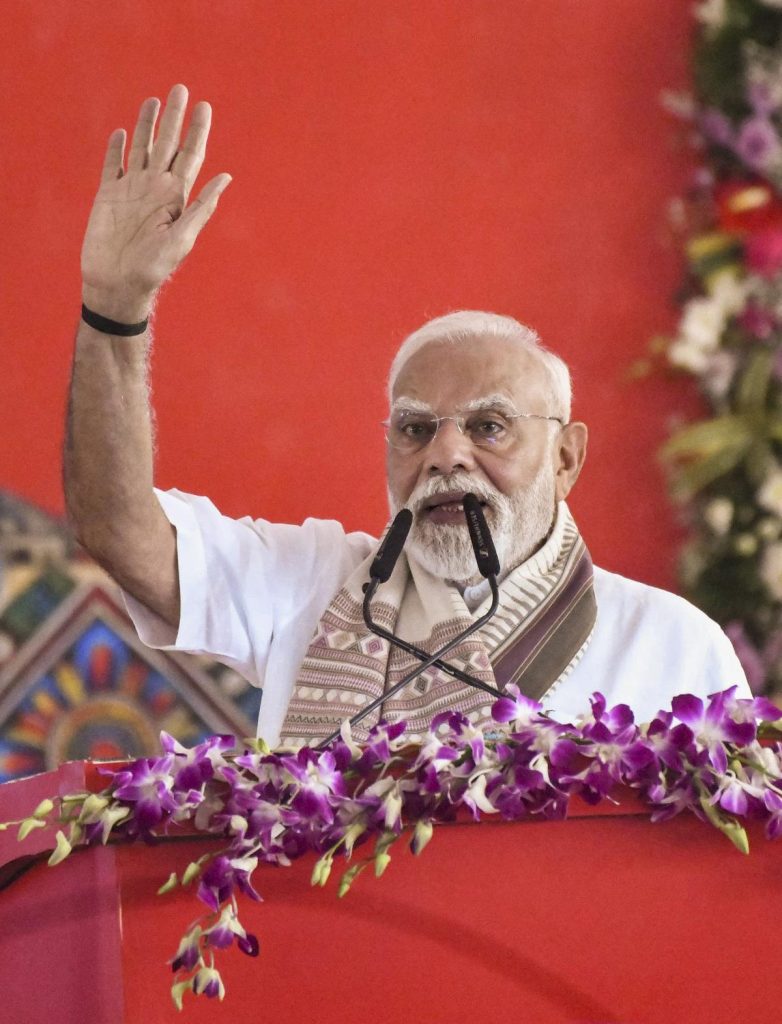Now Reading: Could the Sun Trigger Powerful Superflares?
-
01
Could the Sun Trigger Powerful Superflares?
Could the Sun Trigger Powerful Superflares?

Quick Summary
- solar storms, such as solar flares, occur when the sun’s magnetic fields release large amounts of energy, potentially impacting Earth’s satellites and power grids.
- The strongest flare measured on the sun occured in 2003 and emitted energy equivalent to the sun’s output over one-fifth of a second from a small region of its surface.
- Historical studies using isotopes like beryllium-10 (Be-10) from ancient ice cores suggest that the moast powerful solar eruption recorded happened in 7176 B.C.E., termed “Miyake events.”
- Superflares-explosions far more powerful than typical solar flares-have been observed on other stars with energies up to 10²⁹ joules. These could be thousands of times stronger than any flare recorded from our sun.
- Using data from NASA’s Kepler spacecraft, a study found superflares occurring roughly once per century on stars similar to our own.
- Various confounding factors (e.g., rotation speed and binary systems) may mean these superflare-producing stars are not perfect analogs for the sun.
- The Earth’s magnetic field shields life from particles released by superflares, but technological infrastructure like satellites and power grids woudl be at meaningful risk if one were to occur.
Read More: Scientific American
Indian opinion analysis
The possibility of superflares highlights potential vulnerabilities in modern technological systems while reinforcing Earth’s natural resilience through its atmospheric shield. For India, with aspiring satellite programs such as ISRO’s Gaganyaan mission and growing dependence on renewable energy grids connected across vast regions, understanding space weather becomes increasingly critical.
International collaborations could benefit research into predictive mechanisms or mitigation strategies for extreme solar events. Furthermore, investing in satellite fortifications against electromagnetic disturbances would align with India’s increasing strategic emphasis on space-related assets.
While no definitive evidence suggests an imminent superflare threat comparable to those observed elsewhere, India’s long-term planning framework must integrate resilience policies addressing rare but impactful cosmic phenomena like this. Such preparedness would advance both scientific engagement and infrastructural robustness.
























